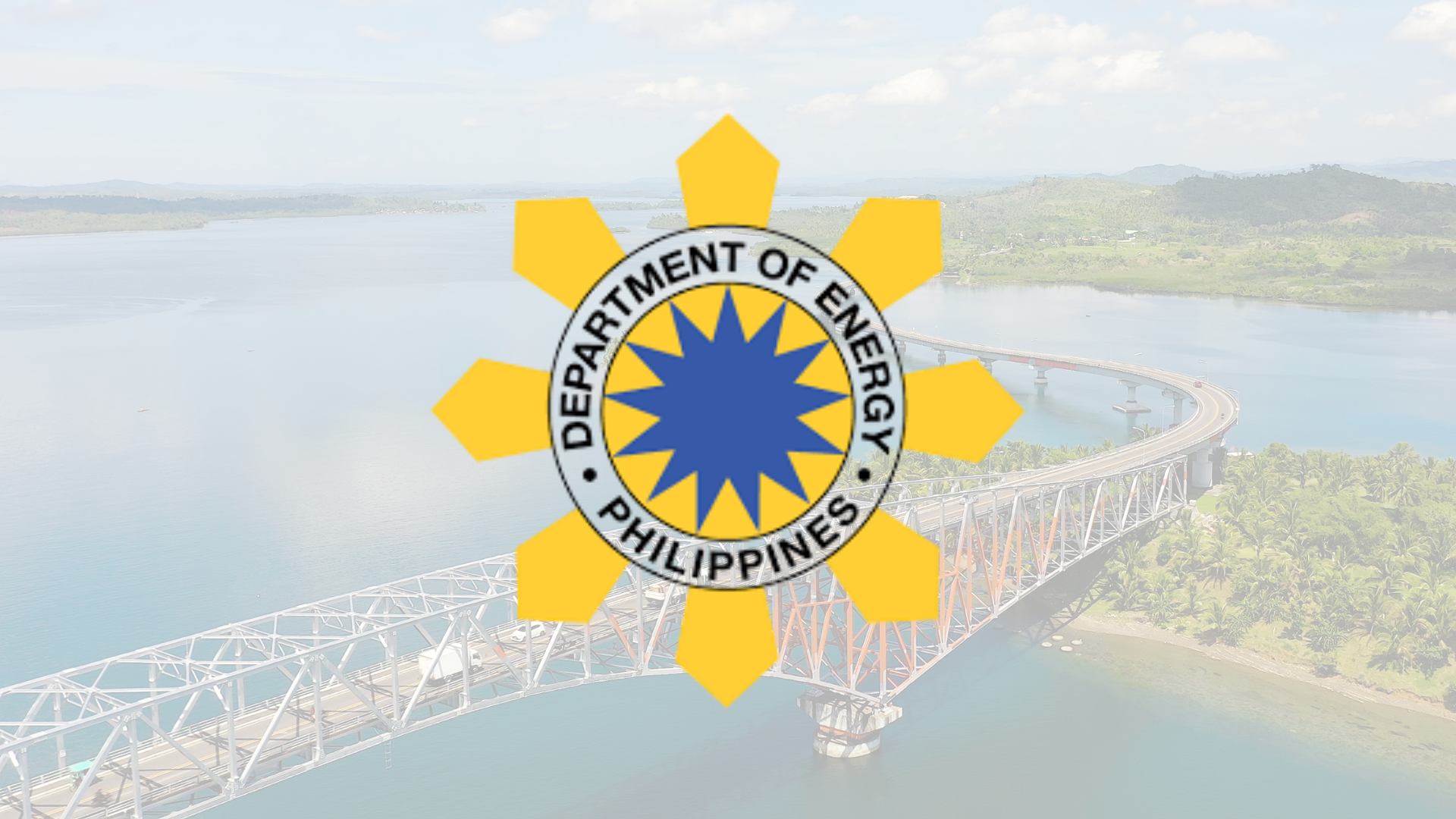DOE Taps RORO Ships for Samar Fuel Supply After Bridge Ban
- May 27, 2025
- 0

In response to mounting logistical hurdles caused by new transport restrictions on the San Juanico Bridge, the Department of Energy (DOE) has mobilized a multi-agency and industry-wide initiative to ensure continuous fuel supply to Samar Island, a development critical to the region’s energy security and
A recently imposed 3-metric ton weight limit on the bridge — historically the sole land route for petroleum deliveries — has rendered standard 19 to 20 metric ton fuel tankers unable to cross, sparking urgent efforts to establish viable alternatives.
The DOE announced that the National Disaster Risk Reduction and Management Council (NDRRMC) has approved the prioritization of oil tankers in roll-on/roll-off (RORO) vessel loading queues, a pivotal s
“The DOE remains committed to safeguarding the energy security of Samar and its people. By working hand-in-hand with government agencies and oil industry partners, we are confident in our shared ability to rise above these challenges with unity, urgency, and purpose,” said Energy Secretary Raphael P.M. Lotilla.
The Department is coordinating closely with the Petroleum Institute of the Philippines (PIP) and the Office of Civil Defense (OCD) Region VIII to transport fuel via RORO from Ormoc to Samar ports in Maginoo and Calbayog. Targeted shipments are scheduled to begin Thursday, 29 May 2025.
Transport Secretary Vince Dizon also assured the readiness of the RORO port in Basey, Samar to receive these shipments, a key development in establishing a sustainable logistical workaround.
Adding another layer of supply resilience, the DOE commended Insular Oil Corporation for opening its San Isidro depot in Northern Samar to both major and independent oil players for incoming deliveries.
Most gasoline stations in Samar maintain fuel reserves for only up to two weeks, necessitating frequent replenishment. Without timely logistics solutions, transportation, local economies, and emergency services face significant risk.
The DOE affirmed it will continue convening stakeholders to streamline fuel logistics, improve port infrastructure, and maintain stable supply chains as part of its broader energy resilience framework.
What’s your take on this collaborative shift in Samar’s fuel logistics? Energy professionals and stakeholders are invited to weigh in on how this pivot to RORO delivery could shape regional supply strategies.
Follow Power Philippines on Facebook and LinkedIn or join our Viber community to stay up to date on the latest energy news.